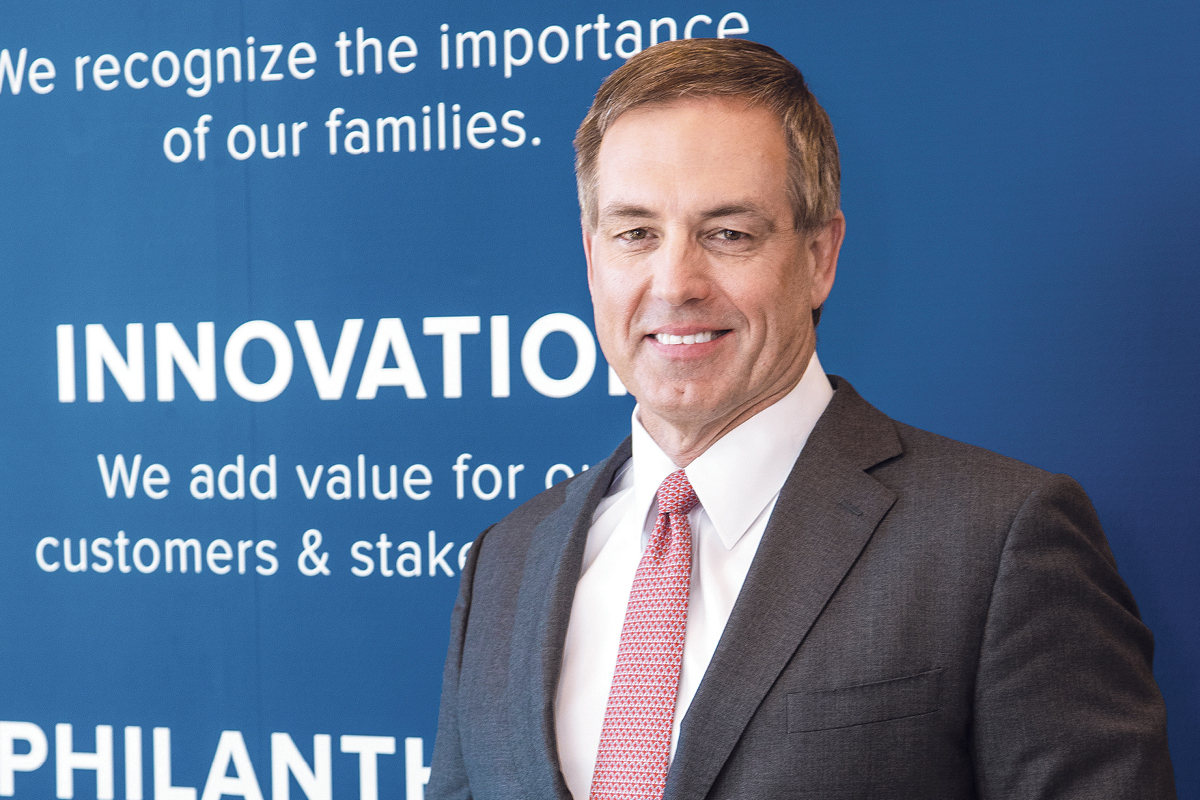It’s a challenge to remain completely focused while discussing business with Jim Lamon. He’s a man with a hundred stories to tell and it’s easy to get distracted. Staying on point means learning about his company, DEPCOM Power, which designs, builds and operates solar plants across America. Straying off track evolves into a chat about football, veterans, Trump and yoga.
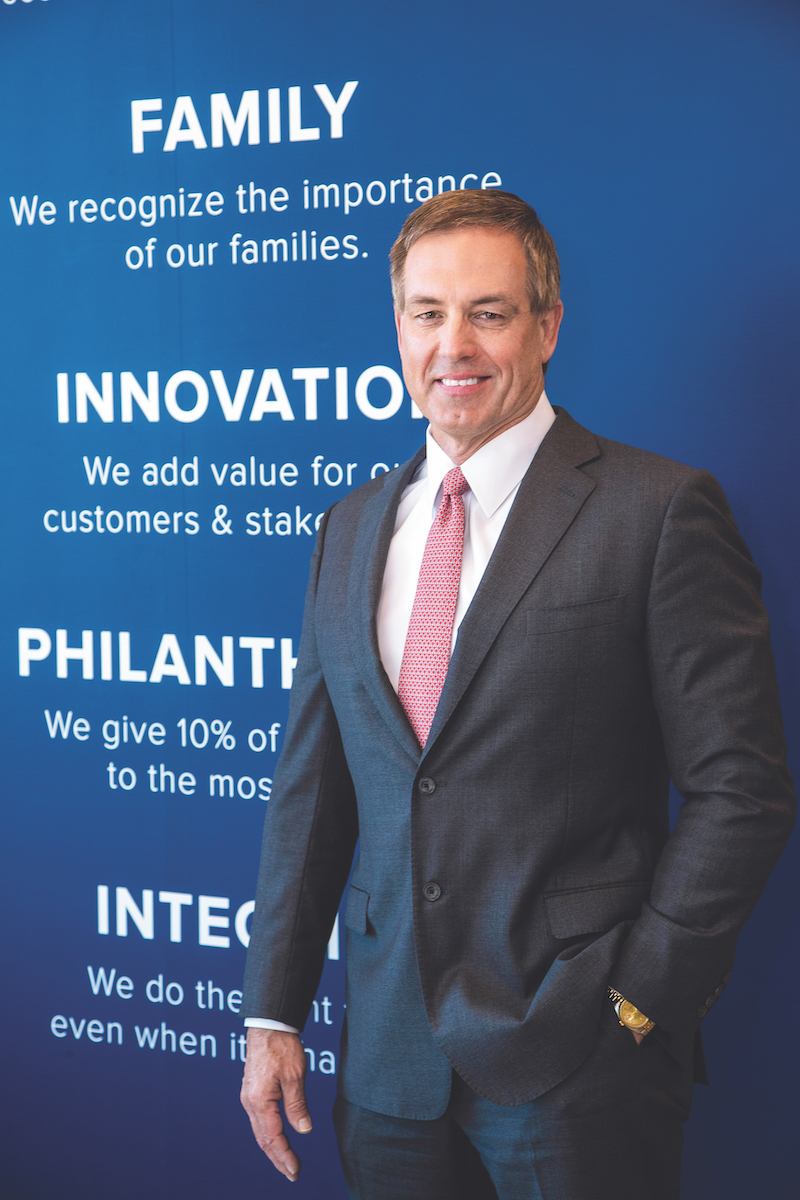
Straight away, his voice, deep and resonant, exudes the calm assurance that you’re in good hands, with a glimpse of that promise revealed later when this interview is interrupted for the CEO to “close a major deal”. “They just needed my opinion,” he apologizes, before slipping back into our conversation.
Headquartered in Scottsdale, Arizona, DEPCOM Power is responsible for the engineering, construction and operation of one gigawatt (GW) of utility solar plants for companies stretching from Oregon to Mississippi to North Carolina.
Its energy-efficient solar plants generate power at lower costs than coal and gas. “We’re in this to drive the cost down to be more competitive than gas,” explains Jim. “Getting clean energy is actually a secondary benefit.”
“We’re in this to drive the cost down to be more competitive than gas. Getting clean energy is actually a secondary benefit.”
Jim launched the company in 2013, after nearly three decades of experience working in the power industry, mostly in executive roles. It was an interest sparked during his college years while studying civil engineering, although he admits he’s always loved building things and was a prolific reader of management books.
In 2018 alone, the company pulled in US$282 million in revenue. And looking at the past three years, revenue has soared by 38,963%, landing it at number five on the 2018 Inc. 5,000 list of fastest-growing private companies.
In December last year, it made the Top 20 Best Places to work in Phoenix list, unsurprising really, when you consider all its employees enjoy the same benefits and all are awarded company shares.
Another DEPCOM Power commitment is to American veterans who make up about 29% of its 1,500 employees. It’s Jim’s way of giving back to those who served the country he had served himself. Prepare to be distracted.
Jim was taught early in life about responsibility, growing up on a farm in Alabama where daily chores were a given. “Everybody has their responsibilities on a family farm, and I learned a lot about the importance of that kind of regimen,” he says.
“My parents came from nothing. Dad grew up with no electricity or indoor plumbing. He then worked three jobs, getting a college education at night, with my mom right there by his side, working herself and raising two kids.”
“Our home, as well as those of my aunts and uncles who lived nearby, were built by the families with love and help from all the cousins, uncles and aunts. There’s a great photo of me at seven years old, up on the roof laying tiles. It’s things you learn early on a farm.”
He describes his parents as strong. And big. It’s not hard to imagine with Jim, an imposing six feet, four inches tall, a height he reached in high school. A height that landed him a job in construction on the local highway at age 16.
“I told them I was 18 to get the job and they didn’t question it,” he laughs. “I started as a laborer, showing up every day on time, working long hours, operating heavy construction equipment.”
“But as a big boy, about 200-ish pounds, I was recruited to play ball. So, I went to the University of Alabama, where I experienced two years of college football under Coach Bryant.”
For the uninitiated, Coach Paul ‘Bear’ Bryant was a legend of the game, distinguished on the sidelines by his houndstooth hat and in the record books for his 323 major-college victories.
“He taught me about never doing anything halfway,” Jim remembers. “He said that if you put your mind and your body to something and have a winning attitude, then you’ve got a great foundation for life. He coached us to get in every day and win. Not just as an individual but as a team member.”
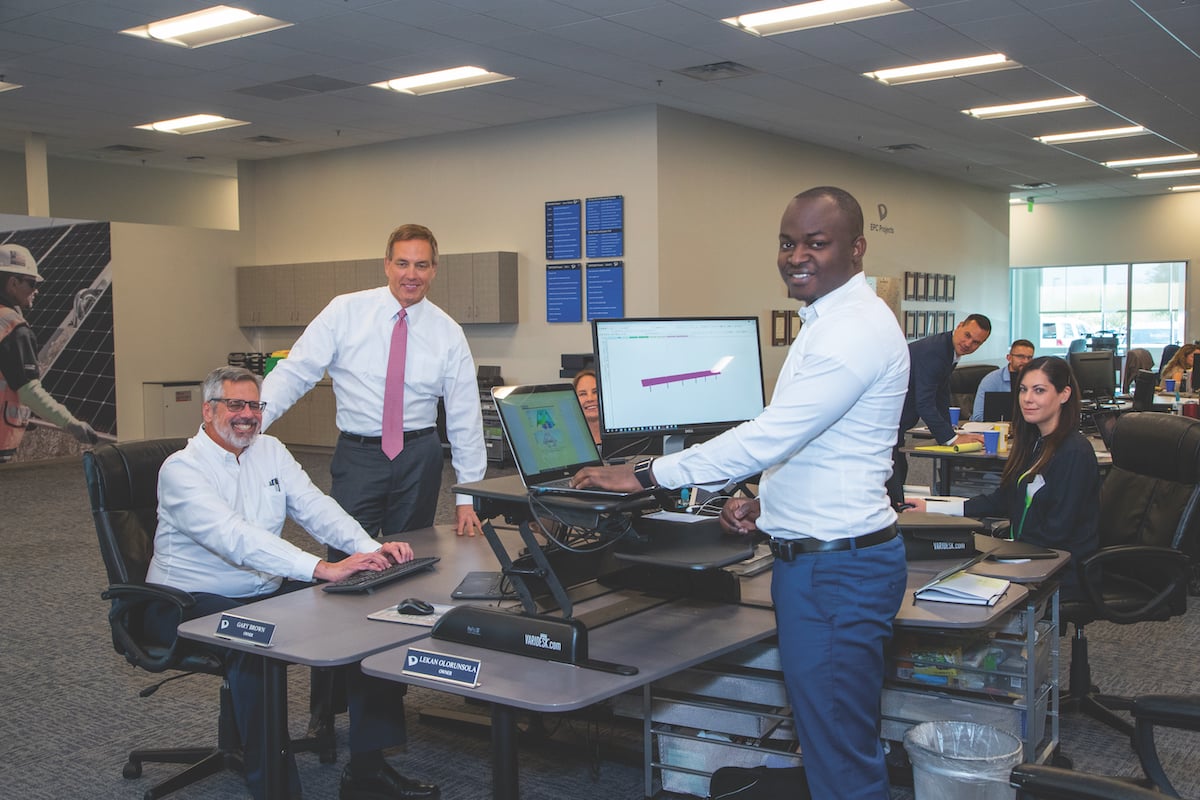
After two years at university, Jim swapped his football scholarship for an ROTC (Reserve Officer Training Corps) scholarship, serving in the military as an engineering officer in Army Airborne School, or Jump School, as it’s more widely known.
“I needed to see the world,” he explains. “I spent six years with the military and, just before I exited, was an officer in Bavaria in charge of some fairly significant construction, expanding air bases to build as army units.”
His experience led him to be recruited by the Clark Construction Group, a company just launching into the power industry and one that favored ex-military officers. Starting as a field engineer, he worked his way up the ranks to Vice President of Operations.
“That’s how my interest in power was sparked, basically exiting the military and being recruited into a company that was just getting into power and finding I really enjoyed it.”
“One of the things that drives me is that power and energy are typically associated with a variety of people: tradesmen, craftsmen, engineers, planners and accountants. I’ve always enjoyed working hard to build teams and to motivate them to excellence. It’s very much how I was coached during my football days.”
“I’ve always enjoyed working hard to build teams and motivate them to excellence.”
In 1995, Jim was recruited to Aker Kvaerner, a Norwegian company promoting clean coal technology, where he spent a decade before joining The Shaw Group in 2004. Four years later, he made the move to American solar module provider First Solar.
“First Solar was kind of an early cycle of the solar industry. Strategically, the company wanted to get into the area of actual power plants – because utilities didn’t want to buy panels, they wanted to buy the plants,” he explains. “I was recruited as Executive Officer to build that group.”
Which brings us back to DEPCOM Power. With Coach Bryant’s lessons always front of mind, Jim describes the decision to launch his own company as more exciting than difficult. There was no giving up halfway and he had to be the best.
“That meant recruiting the best people,” he says. “There’s a lot of adventure in that and it was probably my biggest surprise in starting a new company. Be it super-critical coal units, gas units, anything, great technology needs a great team to actually implement it; to bring it to reality.”
Jim used his contacts to recruit industry veterans, nine of whom were poached from First Solar. It was a bold move for the new recruits, executives asked to leave behind six-figure salaries and bonus plans and agree to work their first year with no pay.
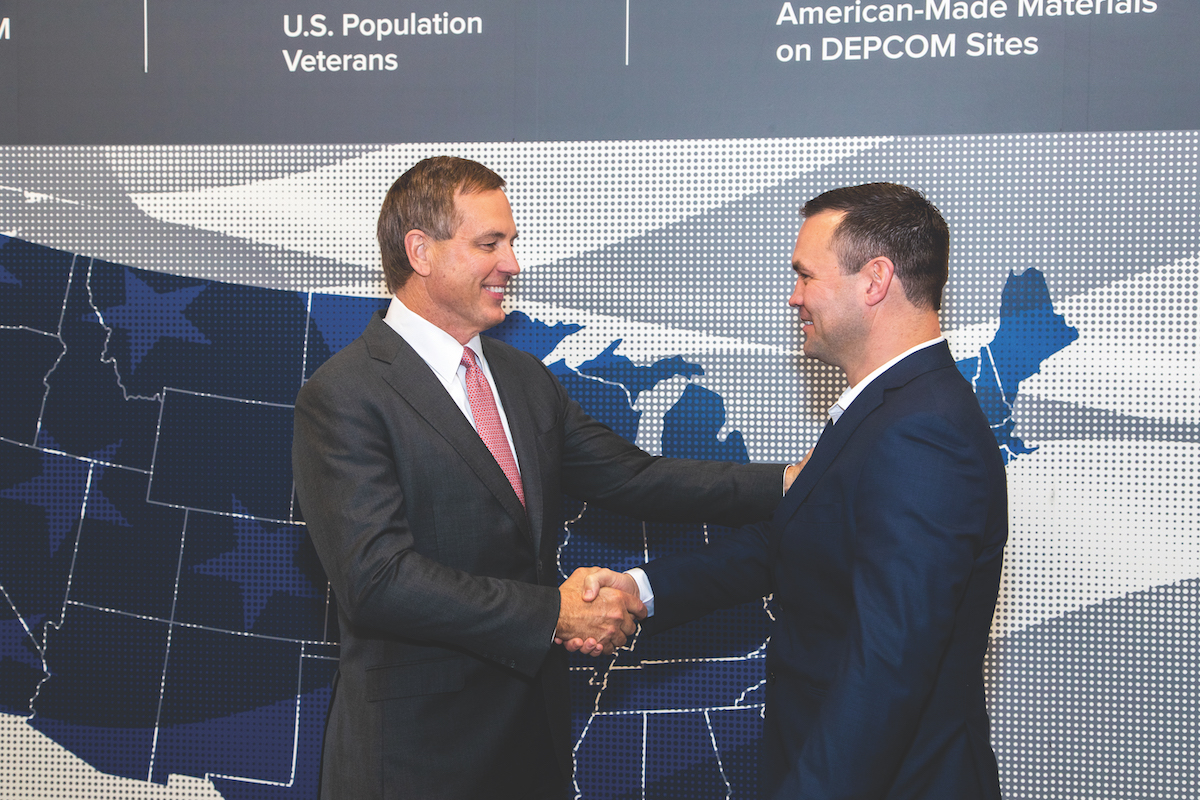
“When I look back on it, I’m a bit surprised in terms of my ability to get them over. But nine of my direct reports joined and these guys were really good at what they were doing. I think the appeal was the entrepreneurial environment offered, there was a strong team belief that we could do this.”
“Any accumulation of debt, which was nominal – less than a million dollars – we covered ourselves. We started making money in our second year, the debts were repaid and we’ve been off to the races ever since.”
“Customers persuaded to cross over recognized the great work we’d done for them in the past. They also saw us putting in our own private sweat equity, really putting ourselves into it.”
America’s first utility-scale solar project was introduced a decade ago. Today, the market is booming with 1% of the entire US grid changing to solar each year.
During the first quarter of 2018, more solar power was added than any other form of electricity and solar generation was up by more than 30% in the first three quarters of the year.
“Although it took eight years to reach that mark, it’s been astonishing to see solar evolve this fast – a new technology so well adopted that the grid is now changing to 1% solar per year.”
“Of course, our growth is attributed to economics with coal and nuclear retiring from the grid,” Jim concedes. “But you can imagine over the next 20 years it will measure alongside gas, which is the predominant portion of the US grid system.”
“The biggest benefit over the past decade is the cost, which has been driven down so fast that solar is now the least costly form of energy out there,” he adds.
“Breaking the cost down, without taking storage into consideration, we could get 1.5% grid takeover per year and bring it up to 10% within a few years. But, if we store the solar electricity generated during the day, releasing it in the evening, I think ultimately we could become 50% of the grid.”
Meanwhile, DEPCOM Power is responsible for a number of utility-scale projects built, with 16 under contract or in final negotiations, putting the company among the top 10 solar power plant constructors.
While Jim describes the success as a “very nice, steep curve”, he accepts that more phenomenal growth is reliant on manufacturing.
“As far as the limit to how many plants we can build is concerned, that’s reliant on the US grid, which isn’t growing because the American consumer is getting more efficient in their use of power. Homes are not consuming enough electricity to grow the grid; it’s manufacturing that will move the needle. The more manufacturing brought back to the country, the more the grid will grow. It does have an ongoing effect for us.”
DEPCOM Power donates 10% of its net income to charity and, since the company’s launch in 2013, more than US$3.6 million has been given to outreach organizations in communities where solar plants are built.
In September last year, the company established its not-for-profit charity DEPCOM G.I.V.E.S. (Generosity to the Impoverished, Veterans, Education, Solar Initiatives). It’s spearheaded by Pastor Jeff Mugford who visits the local area as construction begins, to vet local organizations needing assistance and determine and prioritize their needs.
“DEPCOM Power believes there is a direct connection from God, and that by giving back, we get it back multiples over,” Jim says.
In January 2018, President Trump announced tariffs on solar panels produced outside the US, in China and South Korea, a controversial decision touted as having the potential to kill the rapidly growing industry as local suppliers remained globally uncompetitive.
The ramifications were huge as billions of dollars of investments in large installation projects were canceled or stalled.
Jim, who has previously contributed to Republican causes, including Trump’s victory fund, says DEPCOM Power suffered an initial slowdown but “things settled” by April. He admits that despite lobbying against the tariffs, he understands the mid- and long-term benefits of Trump’s decision.
“Quite frankly, President Trump is saving the US for American workers and his unorthodox ways might get him there,” Jim says.
“We’ve negotiated local prices to be globally competitive and more than 60% of our products – cables, steel and motors among them – are American-made, bought from US suppliers. While we’d love to keep buying locally, we weren’t in favor of the tariffs because there’s just not a big enough manufacturing base to buy from here.”
Jim’s loyalty to America’s economy is equaled by his commitment to the country’s veterans. Recruiting for both office and construction sites via placement agencies Empower America and DAV (Disabled American Veterans), Jim is passionate about paying back the veterans for the service they gave their country.
“I just think that’s something America owes these guys. They stepped up,” he explains. “I remember coming out of college with a civil engineering degree and leadership experience through playing football, only to enter the military earning a third of the pay of my college teammates. Of course, I would never think of having selected another path. I was an officer with a diversity of guys, from the Bronx to the Mississippi, serving under me. All in uniform and all getting along like brothers.”
“Employing veterans brings that camaraderie here and sharing their personal experiences with their workmates brings a little bit more family to the company.”
“We work outside all day building these plants and the rain starts to come down, and you make the call to send everyone home. But the veterans are like ‘nobody’s shooting at us, we’re going to work’. They don’t want the two or three hours of pay they get just for showing up; they want to get the full eight to 10 hours.”
Jim is also a fan of the vitality curve, an employee ranking method pioneered by Jack Welch during his years as CEO of General Electric. The performance management practice pits employees against each other in a 20–70–10 approach, with the top 20% ranked as most productive; the middle 70% as strong; and the bottom 10% as non-producers.
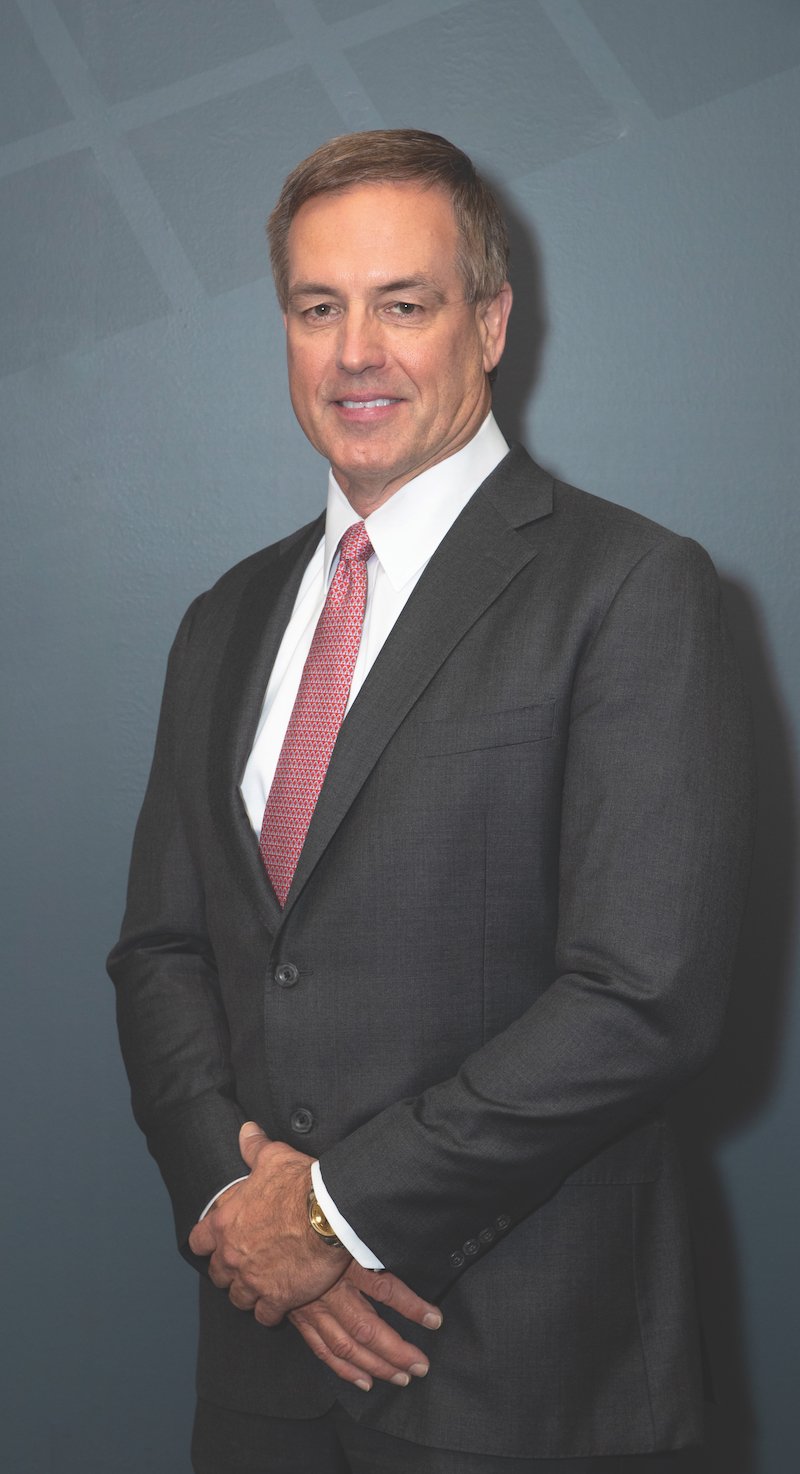
“Welch was another phase of the US industry of getting the fat out of the system,” Jim says. “He was about competing and getting the most out of people,” he reflects.
“So, we have implemented a version of the Jack Welch method and disperse the merit pay based on who emerges the best in those rankings. At DEPCOM Power, everyone is an owner in the company, and we try to make it a place where it’s not just a job but where we can expand the reach of every individual.”
It’s difficult to imagine Jim ever becoming stressed. He gives the impression that he’s a man who takes everything in his stride, using his strong, resilient personality to meet challenges head-on. However, as with everything else, Jim has a clear strategy to ensure he avoids stress. And that means keeping fit.
“It is a stressful job and it’s a lonely place at times,” he reflects. “But having your body and your energy level tuned up helps keep you on top of things, as well as being inspirational to the guys.
I work out and try to be in the gym four days a week, it gives you that ability to stay at peak performance. I do cardio, weights, spin and yoga.” Yoga? “Yes, yoga. As a six-foot-four linebacker, jumping out of a lot of planes during my Airborne days kept me flexible. Now I have an awesome daughter who helps maintain that flexibility with yoga. I’m always trying to keep up with her.”
Meanwhile, just as he did in football and probably even earlier in life as a seven-year-old tiling the family roof, Jim believes a sense of ownership is needed to bring the best out of his team.
“Ownership is a huge part of DEPCOM Power,” he says. “Everyone who comes here has a stake, so on the nametags on our desks, you’ll have the person’s name and underneath is ‘Owner’. If they’ve served, underneath ‘Owner’ is ‘US Veteran’.”
“Here, it’s not about who you kiss up to, it’s about your contribution to the team. And we truly believe that.”
In January this year, DEPCOM Power was named #1 on Inc. Magazine’s Vet50 list. The annual list highlights the 50 fastest-growing, veteran-owned businesses in the US. The ranking, created in partnership with Inc. magazine and the Institute for Veterans and Military Families at Syracuse University, was born out of the iconic Inc. 5,000 list of the fastest-growing private companies based in the US.

